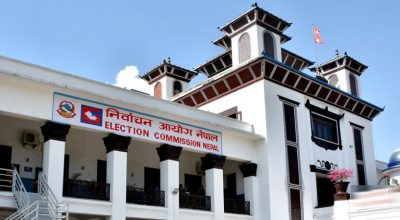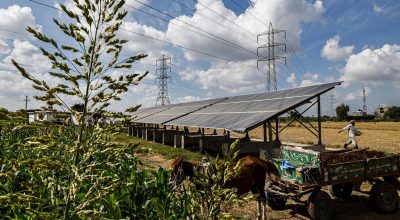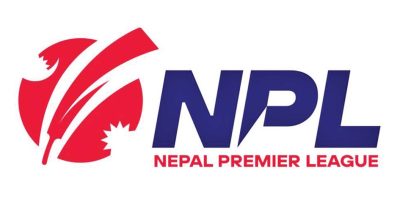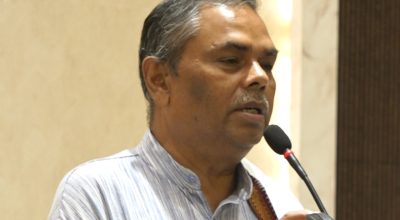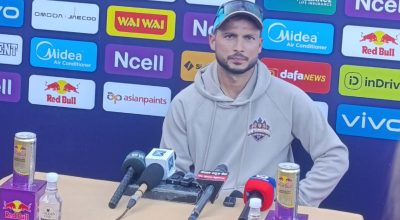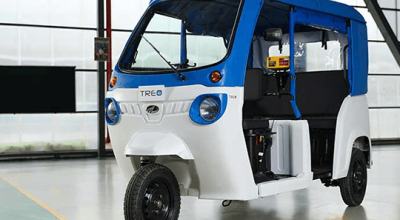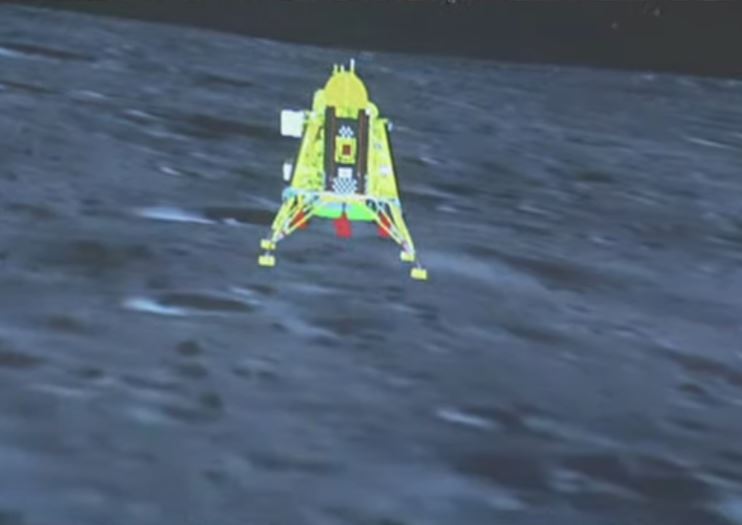
New Delhi, Aug 23: It was a giant leap for India on Wednesday evening as the Chandrayaan-3 lander module successfully landed on the moon’s South Pole, making it the first country to have achieved the historic feat and bringing to an end the disappointment over the crash landing of the Chandrayaan-2, four years ago.
Officials at India’s space agency ISRO headquarters in Bengaluru broke into applause after the Vikram began its powered vertical descent towards its landing site.
“India is on the moon!” Prime Minister Narendra Modi who is currently attending the 15th BRICS Summit in Johannesburg said. He watched the live telecast and as soon as the touchdown happened he sported a big smile and waved the tricolour.
The countdown of the Vikram hovered at 150 metres, then 130 metres, 50 metres and decelerated as approached the moon’s service before finally touching down on the lunar surface.
As the Vikram lander carrying the Pragyaan rover in its belly touched down on the lunar surface, it marked a giant leap in India’s spacefaring journey providing a well-deserved finale to ISRO’s long years of toil.
This makes India becomes the fourth country – after US, China, and Russia – to have successfully landed on the moon’s surface, it has earned a place in record books as the first to touchdown on the south side of Earth’s only natural satellite.
Billions of people across India and globally closely monitoring the much-awaited event. More so after Russia’s Luna-25 spacecraft crashed on Sunday after spinning out of control.
In the run-up to the scheduled soft landing of Chandrayaan-3, people across the country prayed to God in all denominations of places of worship for a successful mission.
Special screenings of the soft landing were organized across the country, including schools and science centers, and public institutions. ISRO made the live actions available on the ISRO website, its YouTube channel, Facebook, and public broadcaster DD National TV.
The scheduled timing for the soft landing of Chandrayaan-3 on the moon’s south pole on August 23, 2023 (Wednesday), was 18:04 IST, with the powered descent of Vikram lander at 1745 IST.
ISRO had been releasing a series of up-close images of the moon, assisting the lander module in determining its position (latitude and longitude) by matching them against an onboard moon reference map.
Historically, spacecraft missions to the Moon have primarily targeted the equatorial region due to its favourable terrain and operating conditions. However, the lunar south pole presents a vastly different and more challenging terrain compared to the equatorial region
The spacecraft was launched from the Satish Dhawan Space Centre in Andhra Pradesh’s Sriharikota on July 14.
A GSLV Mark 3 (LVM 3) heavy-lift launch vehicle was used for the launch of the spacecraft that was placed in the lunar orbit on August 5 and since then it was through a series of orbital manoeuvres been lowered closer to the moon’s surface.
Ever since the July 14 launch, ISRO had been maintaining that the health of the spacecraft remained “normal”.
On August 5, Chandrayaan-3 was successfully inserted into the lunar orbit with multiple key manoeuvres thereafter.
Then on August 17, the mission marked another giant leap in its lunar quest as the ‘Vikram’ lander module of the spacecraft successfully separated from the propulsion module on Thursday. The Chandrayaan-3 mission’s lander is named after Vikram Sarabhai (1919–1971), who is widely regarded as the father of the Indian space programme.
Then the deboosting of the Lander module was undertaken in two phases. Deboosting is the process of slowing down to position itself in an orbit where the orbit’s closest point to the Moon is.
The stated objectives of Chandrayaan-3, India’s third lunar mission, were safe and soft landing on the lunar surface, the rover moving on the moon’s surface, and in-situ scientific experiments.
Upon landing, the lander and the rover were to operate for one lunar day. One day on the Moon is equal to 14 days on Earth.
Chandrayaan-3’s development phase commenced in January 2020, with the launch planned sometime in 2021. However, the Covid-19 pandemic brought an unforeseen delay to the mission’s progress. The approved cost of Chandrayaan-3 is Rs 250 crores (excluding launch vehicle cost).
Chandrayaan-2 mission was only “partially successful” since the lander lost contact after a hard landing, but the ISRO earlier this week successfully established two-way communication between the Chandrayaan-3 lander module and the still orbiting Chandrayaan-2 orbiter.
Indian Space Research Organisation (ISRO) founder Vikram Sarabhai, who is considered the father of the Indian space program, once said India must be second to none in the application of advanced technologies to the real problems facing society.
The establishment of the ISRO was one of Vikram Sarabhai’s greatest achievements. He successfully convinced the government of the day of the importance of a space programme for a developing country like India. (ANI)






